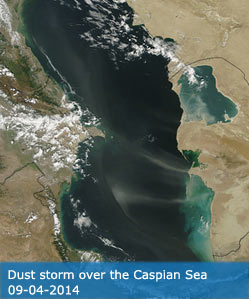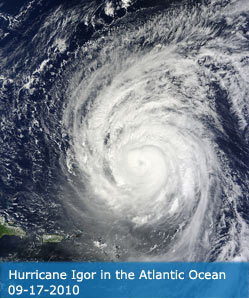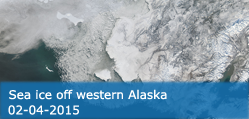Science Team
Publications
Adab, H; Kanniah, KD; Solaimani, K (2013). Modeling forest fire risk in the northeast of Iran using remote sensing and GIS techniques. NATURAL HAZARDS, 65(3), 1723-1743.
Abstract
Fire in forested areas can be regarded as an environmental disaster which is triggered by either natural forces or anthropogenic activities. Fires are one of the major hazards in forested and grassland areas in the north of Iran. Control of fire is difficult, but it is feasible to map fire risk by geospatial technologies and thereby minimize the frequency of fire occurrences and damages caused by fire. The fire risk models provide a suitable concept to understand characterization of fire risk. Some models are map based, and they combine effectively different forest fire-causing variables with remote sensing data in a GIS environment for identifying and mapping forest fire risk. In this study, Structural Fire Index, Fire Risk Index, and a new index called Hybrid Fire Index were used to delineate fire risk in northeastern Iran that is subjected to frequent forest fire. Vegetation moisture, slope, aspect, elevation, distance from roads, and vicinity to settlements were used as the factors influencing accidental fire starts. These indices were set up by assigning subjective weight values to the classes of the layers based on their sensitivity ratio to fire. Hot spots data derived from MODIS satellite sensor were used to validate the indices. Assessment of the indices with receiver operating characteristic (ROC) curves shows that 76.7 % accuracy of the HFI outperformed the other two indices. According to the Hybrid Fire Index, 57.5 % of the study area is located under high-risk zone, 33 % in medium-risk zone, and the remaining 9.5 % area is located in low-risk zone.
DOI:
ISSN:
0921-030X




